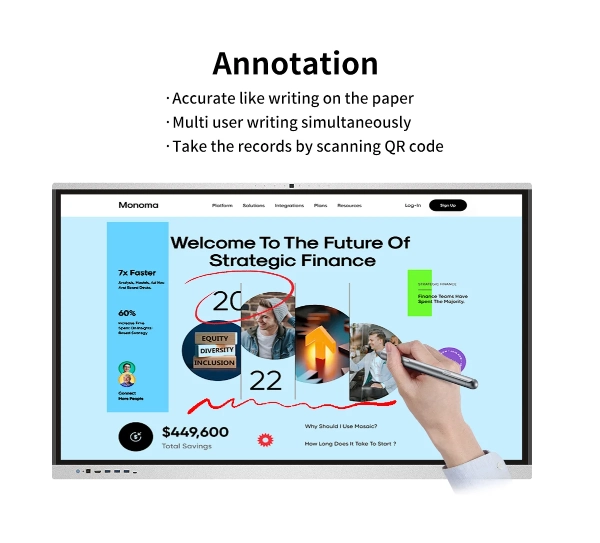
In today's consumer-driven world, the act of buying goods has become an integral part of our daily lives. Whether it's purchasing groceries, electronics, or clothing, understanding the intricacies of buying goods is essential to make informed decisions. In this blog post, we will delve into the concept of buying goods, exploring its various aspects, and providing valuable insights to help you become a savvy consumer.
- Defining Buying Goods:
Buying goods refers to the process of acquiring products or services in exchange for monetary value. It involves identifying needs, researching options, evaluating alternatives, and ultimately making a purchase decision. Understanding the nuances of this process is crucial to ensure a satisfactory buying experience. - Factors Influencing Buying Decisions:
Numerous factors influence our buying decisions, and being aware of them can empower us to make better choices. These factors include:
a) Price: Price is often a primary consideration when buying goods. However, it's important to strike a balance between affordability and quality to avoid compromising on value.
b) Quality: Assessing the quality of goods is vital to ensure their durability, performance, and overall satisfaction. Researching product reviews, seeking recommendations, and examining warranties can aid in evaluating quality.
c) Brand Reputation: Brands play a significant role in influencing buying decisions. Recognizing reputable brands known for their reliability, customer service, and ethical practices can instill confidence in our purchases.
d) Features and Specifications: Understanding the features and specifications of goods helps us determine if they align with our requirements. Comparing different options based on functionality, performance, and compatibility can aid in decision-making.
e) Consumer Reviews: Leveraging the power of online platforms, such as customer reviews and ratings, provides valuable insights into the experiences of others. These reviews can help identify potential issues or advantages associated with specific goods.
- The Buying Process:
The buying process consists of several stages, each requiring careful consideration:
a) Need Recognition: Identifying a need or desire for a particular good initiates the buying process. Recognizing the gap between our current situation and the desired state prompts us to seek a solution.
b) Information Search: Conducting thorough research is crucial to gather information about available options. This can involve browsing websites, reading product descriptions, comparing prices, and seeking expert opinions.
c) Evaluation of Alternatives: Once we have a list of potential goods, evaluating their pros and cons becomes essential. This evaluation can be based on factors like price, quality, features, and personal preferences.
d) Purchase Decision: After weighing the alternatives, we make the final purchase decision. This stage involves selecting the most suitable option and considering factors like payment methods, delivery options, and warranties.
e) Post-Purchase Evaluation: Reflecting on the buying experience is essential to assess the satisfaction level and identify any areas for improvement. This evaluation helps refine future buying decisions.
- The Role of Technology in Buying Goods:
Technology has revolutionized the way we buy goods, offering convenience, accessibility, and enhanced decision-making capabilities. Some notable technological advancements include:
a) E-commerce: Online shopping platforms have made buying goods more accessible, allowing us to browse and purchase products from the comfort of our homes. The convenience of doorstep delivery and the ability to compare prices across multiple platforms have transformed the buying experience.
b) Mobile Applications: Mobile apps provide a seamless buying experience, enabling us to make purchases on-the-go. These apps often offer personalized recommendations, exclusive deals, and secure payment options.
c) Augmented Reality (AR): AR technology allows us to visualize products in real-time, virtually trying them before making a purchase. This immersive experience enhances confidence and reduces the chances of buyer's remorse.
Conclusion:
Buying goods is an intricate process that requires careful consideration and research. By understanding the factors influencing buying decisions, following a structured buying process, and leveraging technology, we can make informed purchases that align with our needs and preferences. Remember, being a discerning consumer not only ensures value for money but also contributes to a sustainable and responsible marketplace. So, embrace the art of buying goods and become a savvy shopper!



